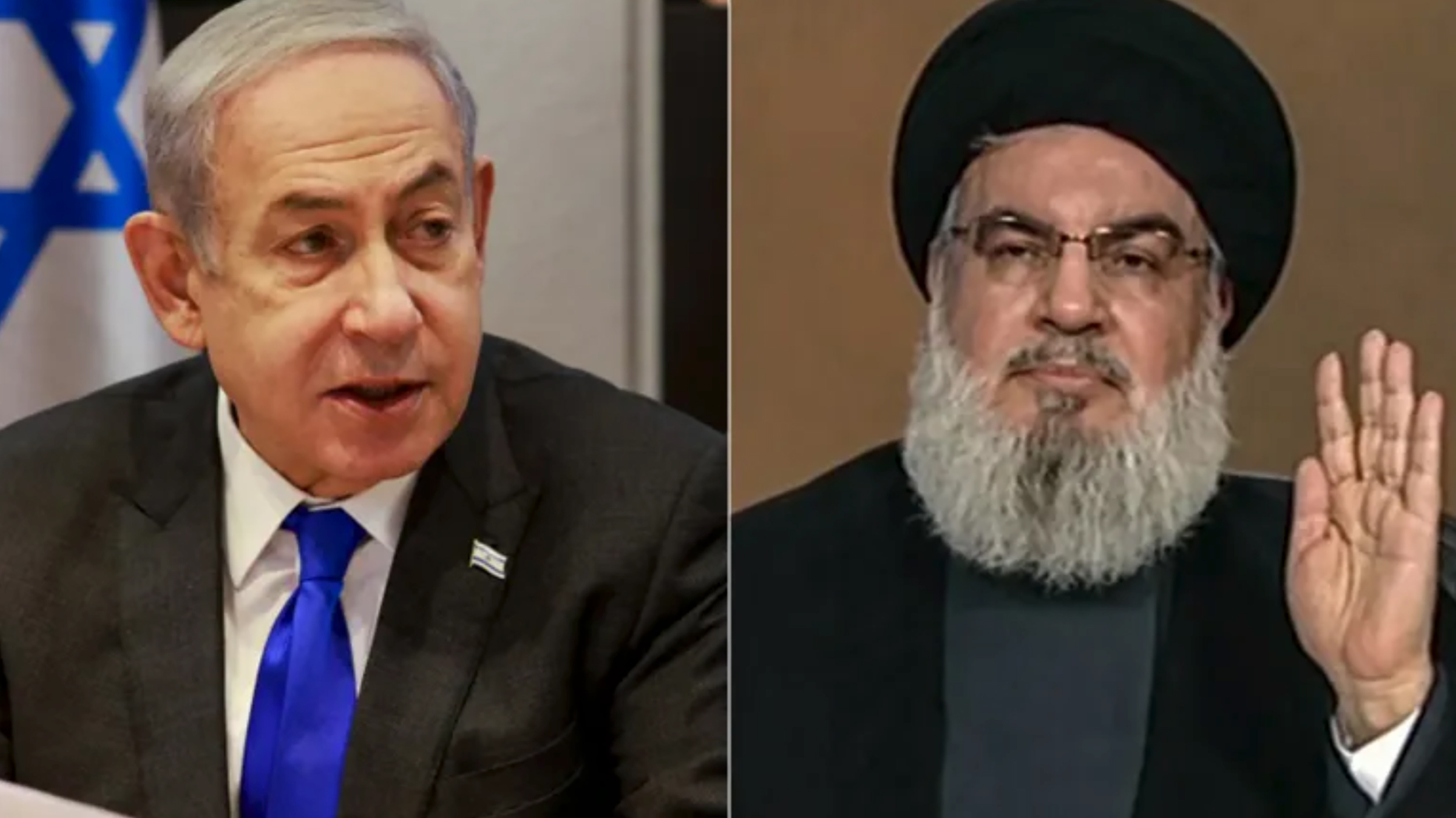
On 17 September 2024, thousands of pagers carried by both military personnel and civilians affiliated with Hezbollah or its institutions simultaneously exploded across Lebanon and Syria. The next day saw a wave of walkie-talkie explosions. More than 40 people were killed in the two-day attack and thousands injured. Although Israel did not officially claim responsibility, it is universally believed to be behind the attacks. It was subsequently found that the devices had been fitted with traces of explosives before being purchased for Hezbollah, likely by an intermediary that had been compromised by Israeli intelligence.
American media reported that the attack aimed to disrupt Hezbollah’s communication network in advance of large-scale Israeli assault on Lebanon, but, believing that Hezbollah harboured suspicions about the devices, Israel detonated them early. This explanation is unconvincing, as there is no evidence that Hezbollah questioned the safety of the devices. Israel was more likely motivated by other factors. Embarrassed by its inability to protect its northern population for nearly a full year, it may have sought to pressure Hezbollah to delink from the war in Gaza and accept the US ceasefire proposal. It may also be that the Israeli leadership, faced with categorical American and Western opposition to an all-out war on Lebanon, wanted to provoke Hezbollah into a response that would justify its own declaration of war on Lebanon.
In a speech on 19 September, Hezbollah Secretary-General Hassan Nasrallah was vague about how, when and where Hezbollah would respond, but if the organisation still seeks to spare Lebanon the consequences of a comprehensive war like the one in 2006, its response will likely be limited. This discipline, however, may not last if the leadership concludes that its reluctance to engage in a resounding retaliation is only encouraging Israel to overstep more red lines. Indeed, on 20 September, Israel targeted a meeting of Hezbollah’s elite forces, killing more than 45 people, including two senior party leaders. This escalation suggests that Israel is changing the rules of engagement that the two parties have followed for the first ten months of the war.
Despite these tactical successes, Israel has thus far failed to achieve the strategic goals it initially set for the war: destroy the Palestinian resistance in Gaza, rescue Israeli captives, and prevent Hamas from again governing Gaza. On the northern front, the goal was to return displaced Israelis to their homes.
The failure is evident on both fronts. In Gaza, the resistance forces are still able to engage with Israeli forces and are manufacturing new weapons from unexploded ordnance. Israeli estimates that it has killed more than 20,000 Qassam fighters are likely greatly exaggerated. Its sole success is the systematic destruction of the Gaza Strip and the killing of tens of thousands of civilians. On the northern front, it has similarly indiscriminately bombed southern Lebanon and killed hundreds of Hezbollah operatives, including several prominent leaders. But all this has not yet severed the two fronts of the war, nor has it led to the safe return of displaced Israelis to their towns in northern Israel.
The Israeli war on the Gaza Strip is about to enter its second year. The longest Arab-Israeli war since 1948, it has put paid to much conventional wisdom about the nature of such wars. It was long believed that Israel was structurally incapable of fighting a long, multi-front war. Yet, although the Israeli army is fighting on several fronts, it shows no signs of exhaustion. The war also disproved the claim that a non-state resistance force, isolated and lacking direct backing from a state, could withstand an advanced military machine like the Israeli army. The capabilities and will of the resistance in Gaza have not significantly flagged, and this goes for the West Bank and southern Lebanon as well.
These two facts, combined with the Biden administration’s recent announcement that the hope of reaching a ceasefire in Gaza had largely faded, indicates that a prolonged war is in the cards. Since its founding, Israel has been unable to coexist with a threat, and the closer that threat is to its borders, the more pressing the need to eliminate it. Considering Israel’s strategic failure in the Gaza Strip and Lebanon, in addition to the Israeli prime minister’s own political interests, the futility of US efforts to reach a ceasefire agreement, and Iran’s perhaps imminent acquisition of nuclear weapons, this war is unlikely to end anytime soon. It may assume a different form from one phase to another, and from one front to another, but will likely continue to expand in scope and duration, beyond the control even of those who ignited it.
*This is a summary of a policy brief originally written in Arabic available here.